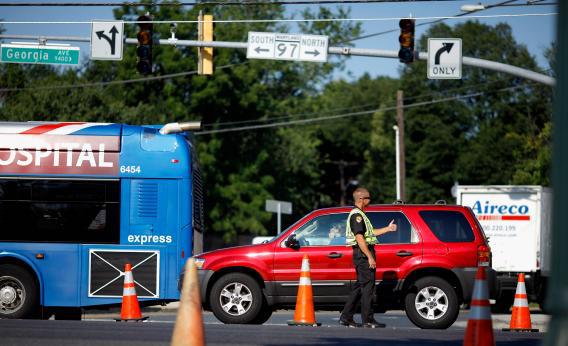If you live elsewhere in America but follow a lot of political journalists on Twitter, you’ve probably been treated to a weekend full of fine whines about power outages in the area. Oftentimes writers have attempted to connect this to larger questions about the state of American infrastructure. But even though there really are a lot of problem with U.S. electricity infrastructure, these outages aren’t about those problems. The power plants are still running, and the grid still has juice. The problem is simply that wind blew a lot of trees down and they knocked a lot of wires down.
Where I live downtown the power lines are buried, so we haven’t had a problem. So why aren’t power lines buried everywhere?
The answer is pretty simple: It’s expensive. But where you have a high population density it becomes much more economical to provide a higher-cost, higher-quality form of infrastructure, which certainly isn’t to say that we should force people to live in high-density neighborhoods rather than detached houses. There’s a trade-off between extra space and reduced noise and inefficient infrastructure provision, and families are very capable of making their own decisions about this. But in practice in the United States, we do the reverse and force people to inhabit low-density settlement patterns. Substantial swathes of the city and the vast majority of land in the inner-ring suburbs is exclusively reserved for detached single-family houses, meaning that no matter how expensive the land gets, it never gets transformed into high-density housing with appropriate infrastructure.
Pepco, our local power company, is a huge pain to deal with. But you can’t blame them for the zoning code.
